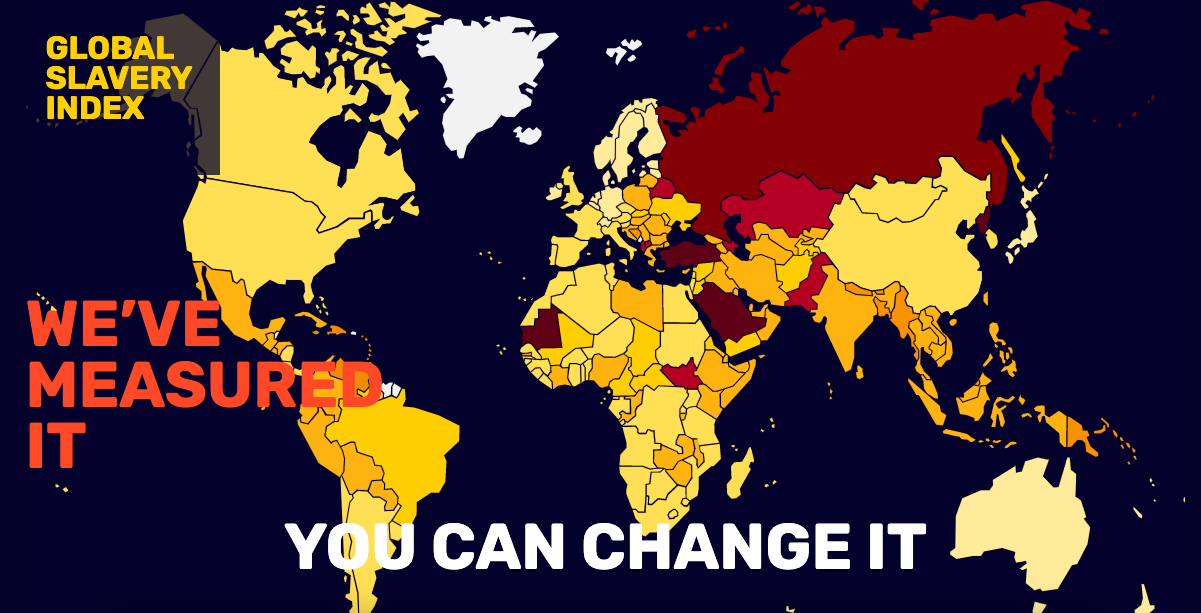Assess key socio-ecological systems
To ensure the resilience of your value chain, you need to understand key environmental and social trends in the contexts where your value chain partners operate. Begin by recognising the relevant systems like communities, ecosystems, or watersheds. Then build an understanding of each system’s current conditions and its stability thresholds (for a backgrounder on thresholds see here). Threshold examples include the points at which water withdrawal in a catchment area leads to water scarcity, wealth inequality may spark community unrest, or social conditions may enable forced labour or slavery.1 To identify such thresholds, draw on internal and external insights, local community knowledge, scientific research, and third-party data. Having a clear scope, key indicators, and reliable data will help you spot trends and risks, allowing you to take action proactively.2
EXAMPLE: How Apple identifies supply chain water risk
Apple uses tools like the World Wildlife Fund (WWF) Risk Filter and WRI's Water Risk Atlas to deliver detailed, location-specific profiles of water consumption and related risks, helping to formulate effective strategies for areas identified as high water risk, which account for roughly 46% of Apple's corporate water use.3
EXAMPLE: SABMiller studies water scarcity in its barley supply chain
SABMiller studied barley farming's environmental and social impacts on the context of water scarcity in Rajasthan, India. The findings highlighted the intertwined nature of water, food, and energy security. This insight guided the company towards a more comprehensive approach to assisting farmers in its barley program.4






